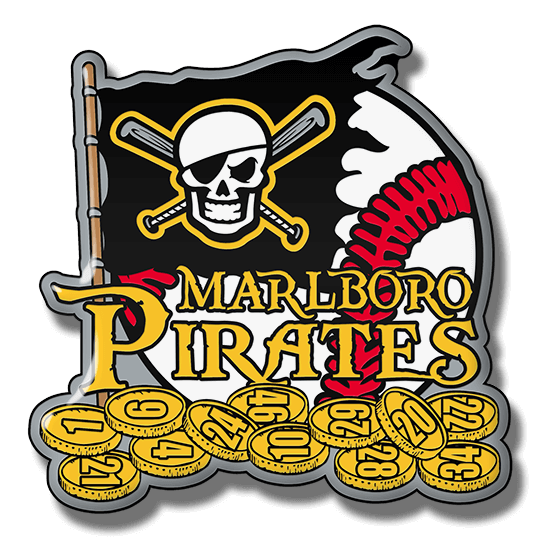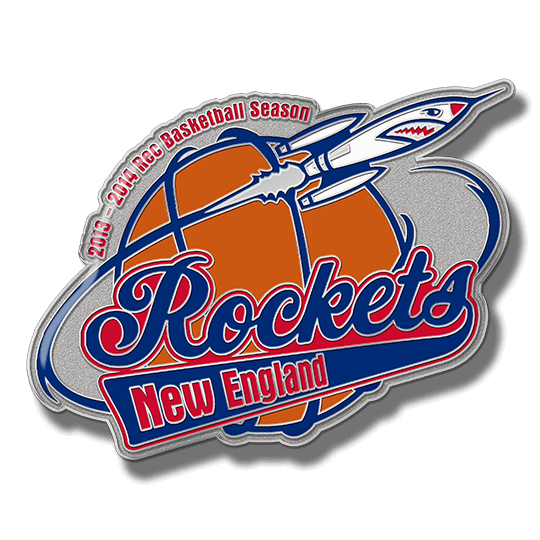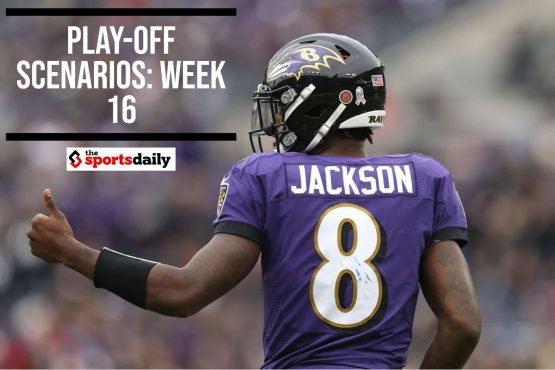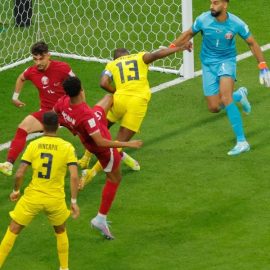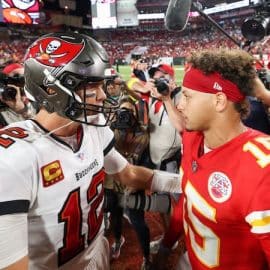Every new sports season brings new players and sometimes new coaches, and making a connection between every part of the team can be difficult. With a little pinpointed effort, team members’ loyalty will grow, a sense of commitment will take over and athletic excellence will become more about the team rather than the individual. But what’s the best way to go about it? Trading pins.
Trading pins play a key role in building team connection. These little pins have become popular in sports, from little league baseball and softball to the Olympics and even professional sports. They can be produced for whole teams, championship events, special skills and achievements, and most players have several to their name and display them proudly. Wearing or displaying one’s pins can instill confidence as well as a sense of comradeship within their own sport and among others in the athletic community, whether it be whole teams or individual players.
Let’s take a look at how these little pins have become so popular.
A Little Trading Pin History
It all started in 1896 at the first modern Olympics games in Greece when teams sported unique identifiers similar to cardboard discs. Each disc had a color that was specific to a particular team so that other teams could tell them apart. There were 14 countries in attendance at the first Olympics, and these colorful discs made it very easy to spot who was from what country. Participants noticed it made for great conversational ice breakers, too, as they helped form a common bond. As players connected, they traded their discs and kept them as souvenirs from their time at the games.
Disc trading continue during the next several games, and eventually the discs turned into pins. Players were trading their pins so much that spectators began to get in on the action, and, in 1912, spectator pins were made available to the public. Organizers took notice of the increasing trend in trading pins over the next several games, and in 1948 a cap was set on the number of pins produced to help preserve the value of the pins as a unique and sought after item of each Olympic games.
Trading Pins for Today’s Youth Sports
The tradition of trading pins continues to this day, and it can be witnessed at most sporting events, including youth baseball. The pins have evolved from team identification to a little piece of history that has the ability to promote good sportsmanship and give players a sense of belonging. They promote openness between players of different teams, too, by providing commonalities for conversation starters between players who might otherwise remain strangers.
Today, a team’s trading pins might include the team logo and year, as well as things like team jersey numbers or the name of a big championship event or location. They can also be made to highlight special skills or achievements.
The ever-changing form of trading pins makes them collectible for players and public alike. Since they can also be quite rare and difficult to find, it drives the desire to find a specific pin.
At the annual Youth Baseball Nationals event, pin trading is a tradition that gets everyone talking. Little league players from around the country seek out baseball trading pins from other teams and collect them on sports towels, hats and backpacks – whatever they’ve got to stick the pins on for easy display. The more the merrier, too.
To collect traded pins at the Youth Baseball Nationals, players or spectators must have their own pin to trade for another. As trades are often done in person, the act of requesting a trade provides a safe space to break out of one’s comfort zone and walk up to another to request a trade. This tradition has become so popular that even shy individuals feel more at ease because it helps invoke the sense of belonging within the sports community.
At major events, trading pin collection has become so huge that prizes are often given to those with the most pins collected during a given time. At some events, incentives are given to entice young athletes to get in on the action. It’s not unheard of for youth baseball events to give away trips and tickets to major league baseball games – talk about a great way to start pin trading traditions.
Get In on the Trading Pin Action
As more and more leagues get in on the action, some trading pin companies stand out more than others, and TradingPinsDirect.com is one of them. They tag themselves as the ultimate sports trading pin manufacturer, and the company is known for the hard work and effort it puts into working closely with each customer – whether it be a little league coach or event sponsor – to deliver a pin to remember.
Add The Sports Daily to your Google News Feed!
